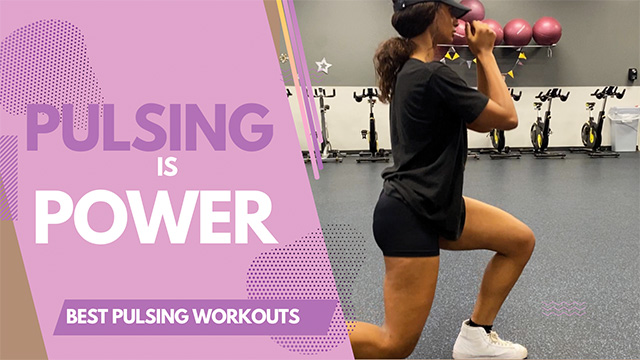Have you ever bounced up and down during a workout and wondered if you were doing anything worthwhile? Pilates, yoga, barre and cycling all feature amazing pulsing exercises, and research has shown that pulsating movements have different, but similarly beneficial, effects to full-range movements.
Pulsing activates the target muscle you’re working out and quickly fatigues it. There’s been much said about pulsing versus full-range workouts, and both have amazing advantages. Pulsing can really target the area you want to work out — making it stronger to help you gain mobility and increase circulation. The enhanced blood flow helps increase muscle mass. Pulsing also helps stabilize the muscles you are trying to build.
The most important thing about all the pulsing exercises I’m about to share is that they are great for beginners, experts or anyone in between, and you don’t need any equipment. However, this doesn’t mean you should quit your full-range workouts. To get even better results, combine both types of exercise routines.
Here are some pulsing exercises you can add to your fitness regimen:
PULSING LUNGES
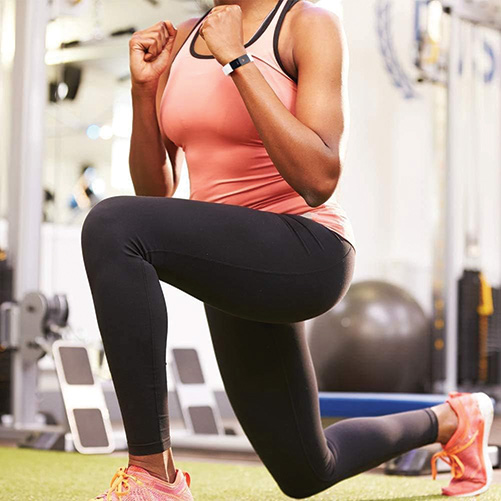
Pulse lunges target your abdominals, back muscles, glutes, hamstrings and calves simultaneously. You’ll feel these the next day, but your legs will thank you later. Pulsing lunges help improve your balance while also stabilizing your muscles. Lunging in general is a great bilateral workout that makes your body more symmetrical while correcting imbalances.
PULSING CRUNCHES
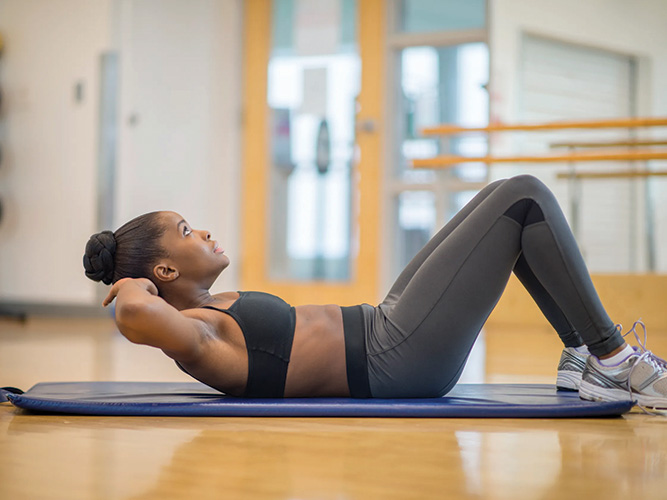
Take the basic crunch to the next level. Stabilizing your upper and lower body is key, and this workout will give you the balance you need for your core. Plus, this workout is a great way to get a flat tummy and tone your abs. This workout is very similar to pulse ups. If you love feeling the burn after a good workout, this is the exercise for you.
BRIDGE PULSE
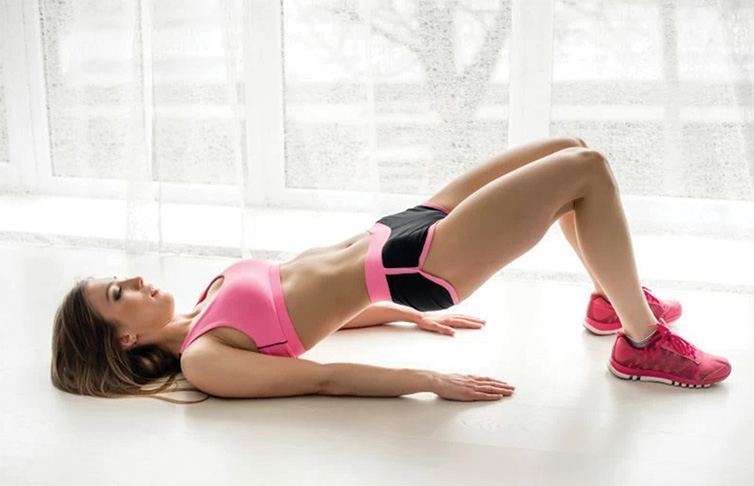
This move is great for stabilizing your posture and working out your glutes. Bridge pulsing also does wonders for your hip abductors and hamstrings. If you try these, make sure you are doing them correctly to avoid causing lower back pain.
What I love about this exercise is how you can really feel the muscle activation. First, you will feel your core and glutes, followed by your hamstrings, as you tone those areas. Building your core will improve your posture, too, and you’ll also add power and strength to your glutes and hamstrings.
PULSE UPS
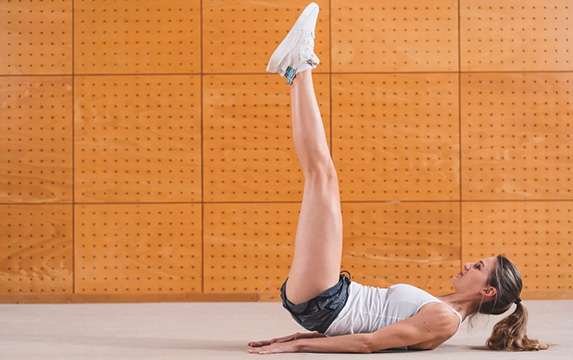
Pulse-ups engage your glutes and abs simultaneously. Focusing on your breathing while doing this exercise can help prevent back injury, so when you’re lifting your hips, breathe in and out as you lower them. Start slow and steady if you need to work on balance. Don’t feel bad if you can’t fully lift up. Just keep practicing, and you’ll get there.
LEG RAISE PULSE
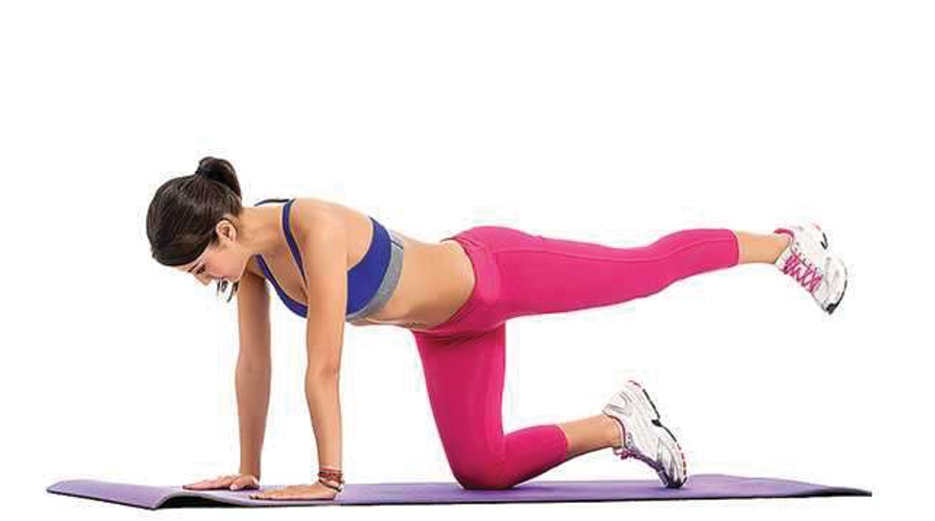
Many of these exercises so far have been about the glutes and core, but we can’t forget about our thighs. This move can be modified to ensure beginners are getting the maximum benefit.
You can start with one leg on the floor, or you can go in a plank position, holding out one leg and pulsing that leg for 30 seconds. Either way, you will get an effective workout with great results.


